river sand anyone ?
oakleaf33
13 years ago
Related Stories

MUDROOMSThe Cure for Houzz Envy: Mudroom Touches Anyone Can Do
Make a utilitarian mudroom snazzier and better organized with these cheap and easy ideas
Full Story
DECORATING GUIDESThe Cure for Houzz Envy: Dining Room Touches Anyone Can Do
Get a decorator-style dining room on the cheap with inexpensive artwork, secondhand furniture and thoughtful accessories
Full Story
GARDENING AND LANDSCAPINGBocce, Anyone? Toss Some Popular Games Into Your Yard Plans
Score points for entertaining with a yard set up for lawn bowling, croquet, chess and more
Full Story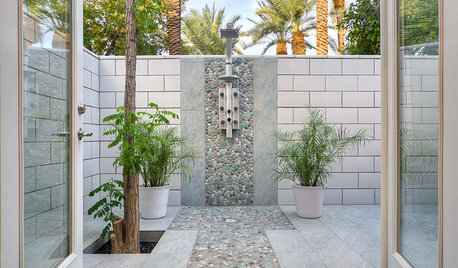
SHOWERSRoom of the Day: A River of Stone Runs Through It
A cascade of pebbles leads through this Phoenix bathroom to a private patio with an outdoor shower
Full Story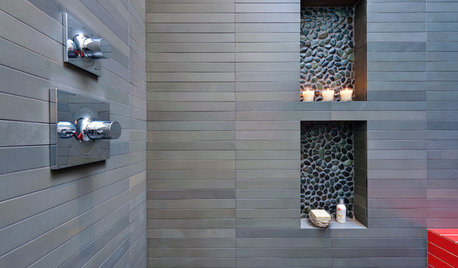
REMODELING GUIDESRiver Rock Rounds Out Rooms
Worn smooth from rushing water, river rocks add an organic, serene touch to bathrooms, fireplaces, patios and more
Full Story
HOUZZ TOURSMy Houzz: Relaxing Retreat on a River in Maine
Windows wrap a couple's light and airy weekend home to provide stunning views of the Piscataqua River
Full Story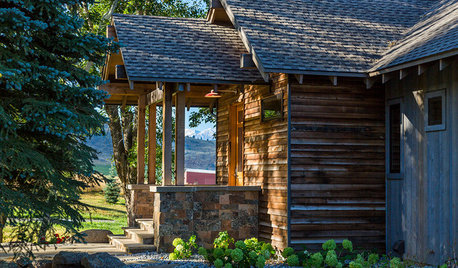
RUSTIC STYLEHouzz Tour: A Fly Fisher’s Dream Along the Yellowstone River
This new home combines local ranch style with contemporary elements, including energy efficiency
Full Story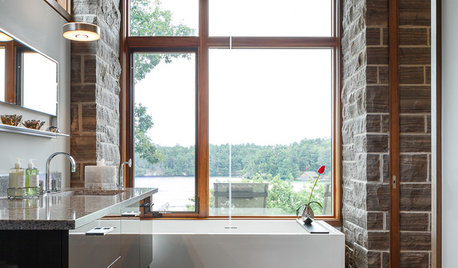
BATHROOM DESIGNRoom of the Day: A Master Bath Embraces the River View
Stone columns, rich walnut trim and attention to the smallest details create a private, relaxing pavilion
Full Story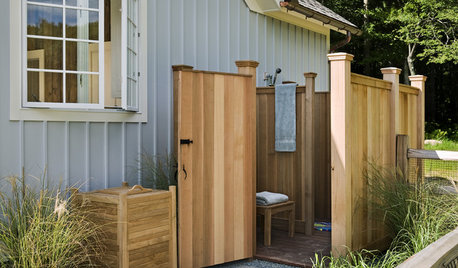
GARDENING AND LANDSCAPING10 Reasons to Love Outdoor Showers
Keep summertime dirt and sand outside with a shower area that turns an everyday routine into an exhilarating experience
Full Story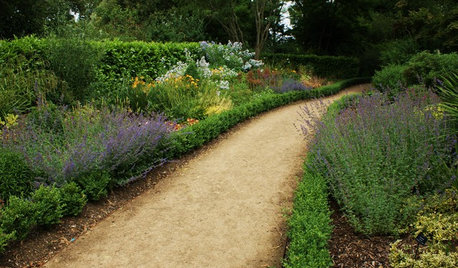
LANDSCAPE DESIGN5 Gravel and Stone Types for a Rockin' Landscape
Give your garden design some textural bam with pebbles, granite, river rocks and other permeable materials
Full StoryMore Discussions






homehydro
wordwiz
Related Professionals
West Milford Landscape Architects & Landscape Designers · Carson Landscape Architects & Landscape Designers · New Mexico Landscape Architects & Landscape Designers · Richmond Heights Landscape Architects & Landscape Designers · Forest City Landscape Architects & Landscape Designers · Lakeland Landscape Contractors · Dallas Landscape Contractors · El Segundo Landscape Contractors · Eustis Landscape Contractors · Framingham Landscape Contractors · Melrose Park Landscape Contractors · Stony Brook Landscape Contractors · Wallingford Landscape Contractors · Woodburn Landscape Contractors · Forest Hill Landscape ContractorsKaren Pease
oakleaf33Original Author
homehydro
Karen Pease
homehydro
wordwiz
Karen Pease
homehydro
joe.jr317
oakleaf33Original Author
grizzman
homehydro
wordwiz
hardclay7a
joe.jr317
grizzman
oakleaf33Original Author
grizzman
homehydro
grizzman
homehydro
hardclay7a
grizzman
homehydro
homehydro
grizzman
willardb3
lucas_formulas
homehydro
lucas_formulas
hardclay7a
lucas_formulas
lucas_formulas
homehydro
hardclay7a
homehydro
georgeiii
joe.jr317
lucas_formulas